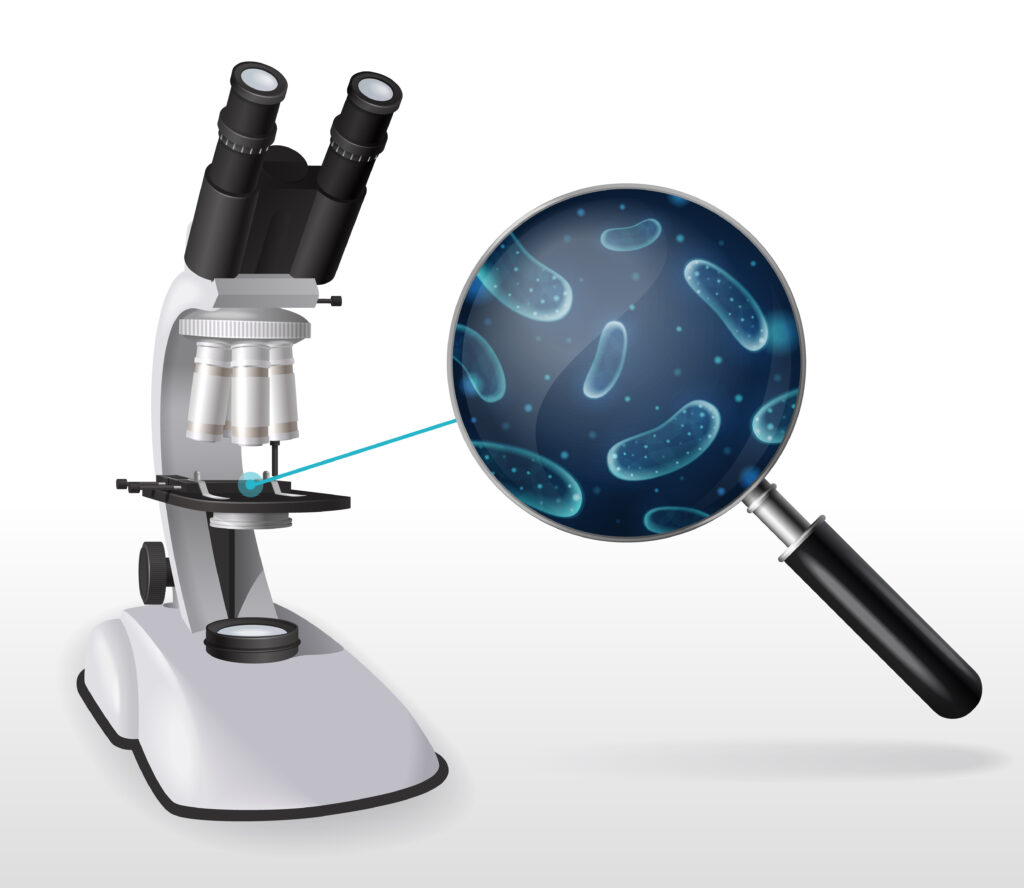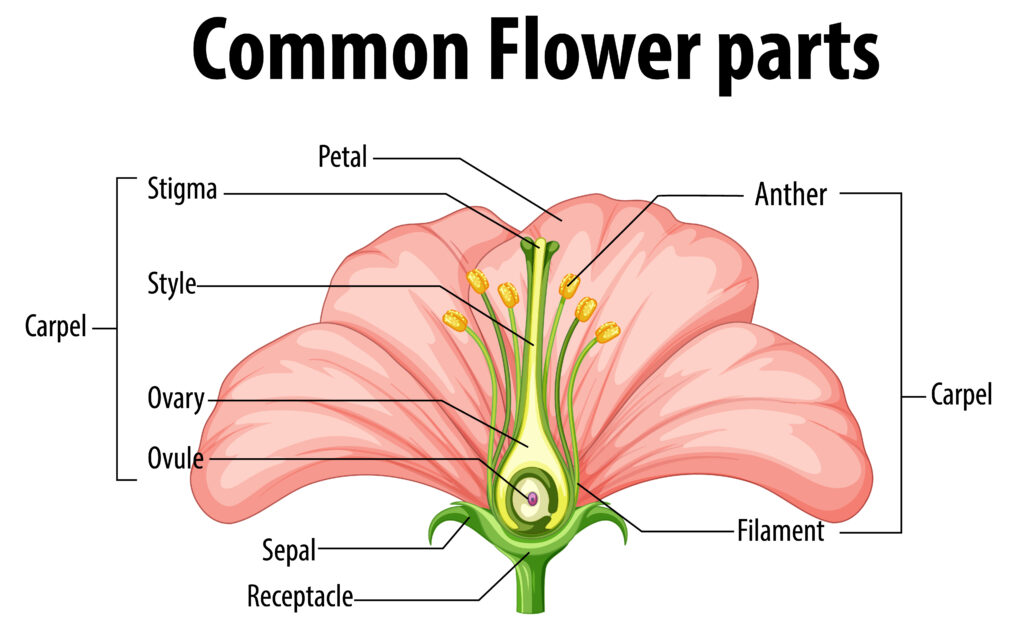Reproduction in Plants
Explore the fascinating world of plant reproduction. Learn about asexual reproduction methods, flower anatomy, pollination, fertilization, seed germination, and the complete plant life cycle.
Help & Instructions
▼- Flower Anatomy: Identify male and female reproductive parts in a flower
- Reproduction Process: Arrange the steps of plant reproduction in correct order
- Use the hint button if you need help with any section
- Try different activities to learn about various aspects of plant reproduction
- Understand different modes of asexual reproduction in plants
- Learn about the process of seed germination
- Identify male and female reproductive parts of a flower
- Understand pollination, fertilization, and seed dispersal
Flower Anatomy: Identify Reproductive Parts
Drag and drop the labels to identify male and female reproductive parts in the flower.
Plant Reproduction: Arrange the Process
Drag and drop the steps of plant reproduction in the correct order.
Plants reproduce through both asexual and sexual methods. Asexual reproduction involves one parent and produces genetically identical offspring, while sexual reproduction involves two parents and produces genetically diverse offspring. Understanding these processes helps us comprehend how plants propagate and adapt to their environments.
Reproduction in Plants Concepts
Plants use various methods for asexual reproduction:
- Vegetative Propagation: New plants grow from roots, stems, or leaves
- Tubers (potatoes)
- Bulbs (onions, tulips)
- Runners (strawberries)
- Rhizomes (ginger, turmeric)
- Budding: New plants develop from buds
- Fragmentation: New plants grow from fragments
- Spore Formation: Ferns and mosses produce spores
Flowers contain both male and female reproductive organs:
- Male Parts (Androecium):
- Stamen: Male reproductive organ
- Anther: Produces pollen grains
- Filament: Supports the anther
- Female Parts (Gynoecium):
- Pistil: Female reproductive organ
- Stigma: Receives pollen grains
- Style: Connects stigma to ovary
- Ovary: Contains ovules (eggs)
Sexual reproduction in flowering plants involves:
- Pollination: Transfer of pollen from anther to stigma
- Self-pollination: Within same flower or plant
- Cross-pollination: Between different plants
- Agents: Wind, water, insects, birds, animals
- Fertilization: Fusion of male and female gametes
- Pollen tube grows from pollen grain to ovary
- Male gamete fuses with female gamete (egg)
- Zygote forms and develops into embryo
Seeds germinate under favorable conditions:
- Requirements: Water, oxygen, suitable temperature
- Process:
- Seed absorbs water and swells
- Seed coat softens and ruptures
- Radicle (first root) emerges
- Plumule (first shoot) emerges
- Seedling develops true leaves
- Types: Epigeal (cotyledons above ground) and Hypogeal (cotyledons below ground)
Plants have evolved various seed dispersal mechanisms:
- Wind Dispersal: Light seeds with wings or parachutes (dandelion, maple)
- Water Dispersal: Buoyant seeds (coconut, lotus)
- Animal Dispersal:
- Hooked seeds that attach to fur (burdock)
- Edible fruits that are eaten and seeds excreted (berries)
- Explosion: Seeds forcefully ejected (pea, balsam)
- Gravity: Heavy seeds fall near parent plant (oak, horse chestnut)
Flowering plants complete their life cycle through these stages:
- Seed: Dormant plant embryo with food store
- Germination: Seed develops into seedling
- Growth: Seedling grows into mature plant
- Flowering: Plant produces flowers
- Pollination: Transfer of pollen to stigma
- Fertilization: Fusion of gametes to form zygote
- Seed Formation: Development of seeds within fruits
- Dispersal: Seeds spread to new locations



